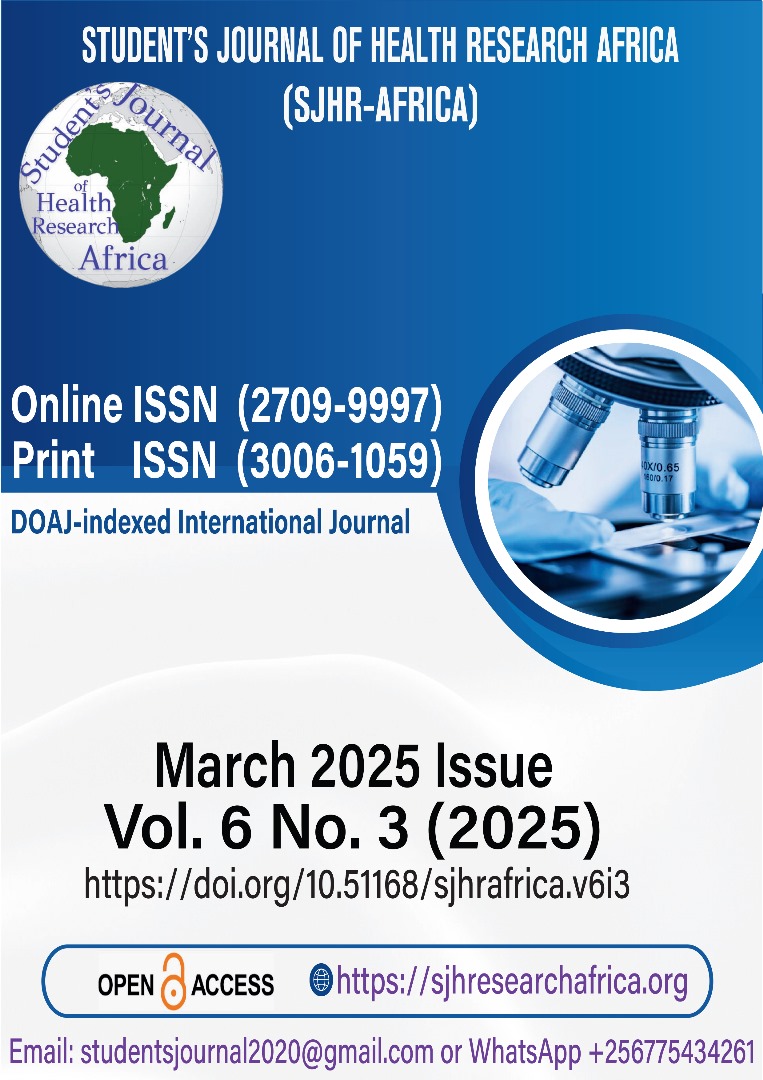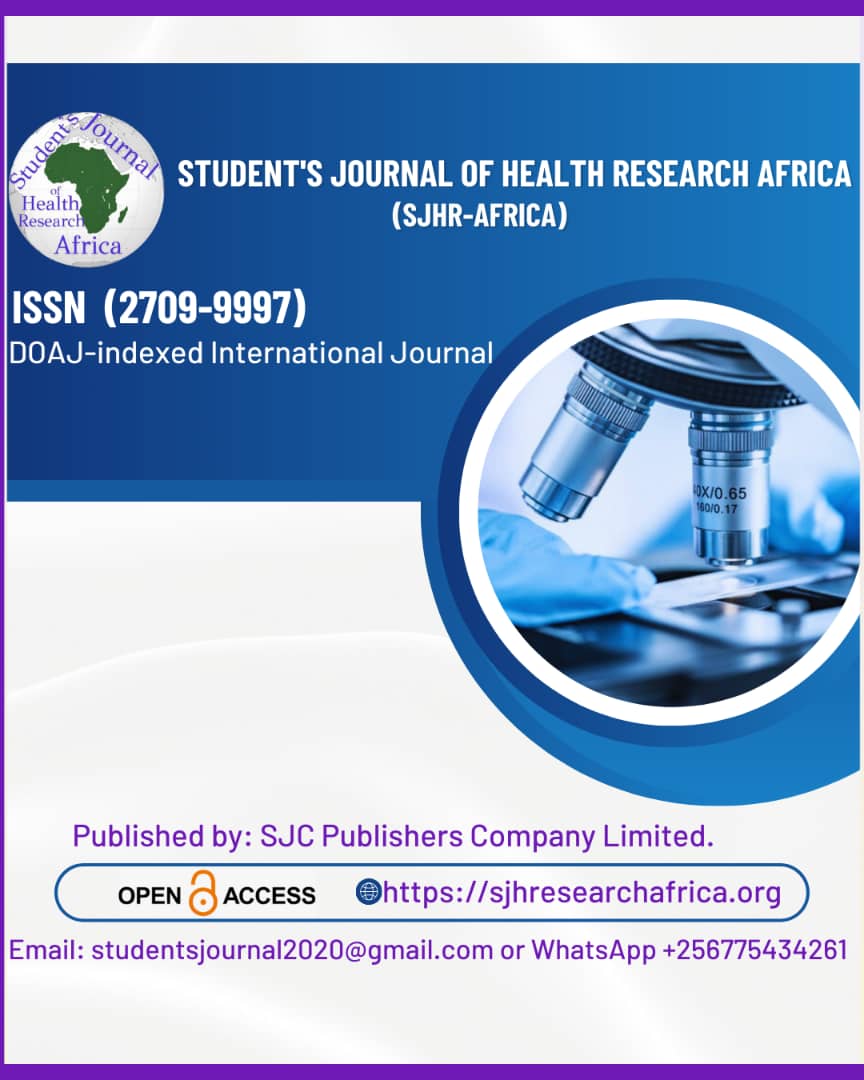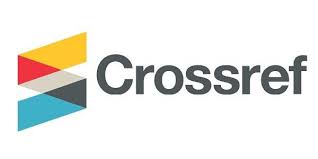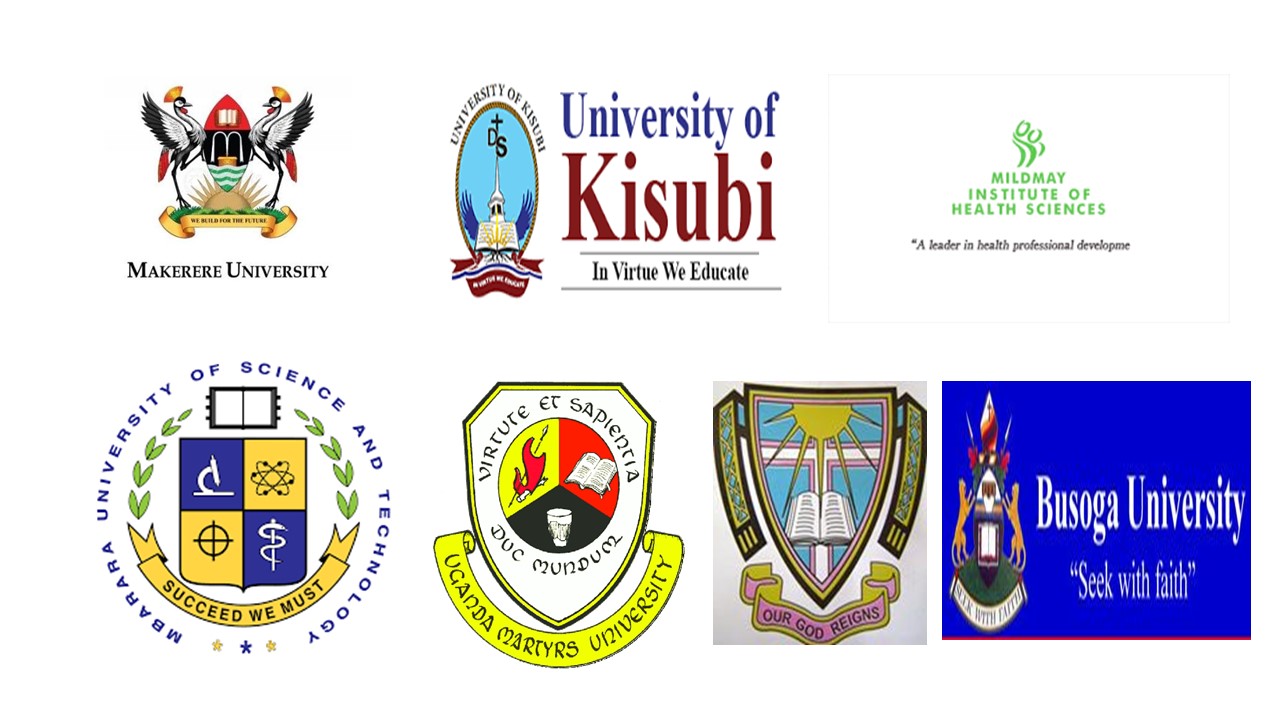Advancements and controversies in vascular malformation management: A Systematic review.
DOI:
https://doi.org/10.51168/sjhrafrica.v6i3.1677Keywords:
malformations, PIK3Ca mutation, vascular overgrowth, Sclerotherapy, EmbolizationAbstract
Background
Congenital vascular malformations encompass a wide spectrum of anomalies, ranging from isolated capillary, venous, lymphatic, and arteriovenous malformations to complex mixed forms. These anomalies may occur as solitary lesions with minimal impact or as part of syndromic conditions, such as Klippel-Trenaunay Syndrome and Parkes-Weber Syndrome, which are associated with significant morbidity due to limb overgrowth and tissue abnormalities. Additionally, the PIK3CA-related overgrowth spectrum (PROS) represents a distinct subset driven by somatic PIK3CA mutations, which complicates diagnosis and management.
Objective: This study aims to systematically review the classification, pathogenesis, genetic factors, diagnostic approaches, and treatment modalities for vascular malformations and associated syndromes.
Methods
In order to perform a systematic review, peer-reviewed publications, clinical recommendations, and expert consensus statements on vascular malformations were found using PubMed, Scopus, Web of Science, and Google Scholar. Studies published within the last two decades were prioritized, with an emphasis on recent advancements.
Results
Genetic insights have redefined vascular malformation classification, with PIK3CA, TEK (TIE2), and RASA1 mutations playing a crucial role in pathogenesis. Advanced imaging techniques, including MRI and digital subtraction angiography (DSA), remain the gold standard for precise diagnosis, while genetic testing enhances diagnostic accuracy and guides personalized treatment. Conventional therapies such as sclerotherapy and embolization demonstrate 70–85% success rates; however, targeted molecular therapies, including Sirolimus and Alpelisib, have shown superior outcomes in PIK3CA-related cases.
Conclusion
The evolving landscape of vascular malformation management highlights the shift toward precision medicine, integrating advanced imaging, genetic diagnostics, and molecular-targeted therapies.
Recommendations
Encouraging international collaborations among researchers, clinicians, and geneticists can accelerate advancements in vascular malformation research. Quality-of-life assessments should be incorporated into research to evaluate the long-term psychological and functional impacts of various treatments.
References
Greene AK, Gupta S, Madsen JR. Vascular anomalies: Current understanding and management. J Pediatr Surg. 2020;55(6):1175-84.
Greene AK, Burrows PE. Sclerotherapy for venous malformations. J Craniofac Surg. 2005;16(5):783-89.
Rautio R, Keski-Nisula L, Laranne J, et al. Treatment of lymphatic malformations with OK-432 sclerotherapy: long-term follow-up results. Laryngoscope. 2008;118(8):1481-86.
Adams DM, Trenor CC, Hammill AM, et al. Efficacy and safety of sirolimus in the treatment of complicated vascular anomalies. Pediatrics. 2016;137(2):e20153257. https://doi.org/10.1542/peds.2015-3257 PMid:26783326 PMCid:PMC4732362
Fayard C, Perignon D, Stocker A, et al. Sclerotherapy of vascular malformations: technique, results, and complications. Semin Intervent Radiol. 2016;33(2):118-26.
Luks VL, Kamitaki N, Vivero MP. Lymphatic and venous malformations: Genetic insights and therapeutic approaches. Nat Rev Dis Primers. 2017;3:17054.
Vahidnezhad H, Youssefian L, Uitto J. Molecular genetics of vascular anomalies: Pathogenesis and therapeutic implications. J Invest Dermatol. 2018;138(4):902-13.
Limaye N, Kangas J, Mendola A, et al. Somatic activating PIK3CA mutations cause venous malformation. Am J Hum Genet. 2015;97(6):914-21. https://doi.org/10.1016/j.ajhg.2015.11.011 PMid:26637981 PMCid:PMC4678782
Castillo SD, Tzouanacou E, Zaw-Thin M, et al. Somatic activating mutations in PIK3CA cause sporadic venous malformations in mice and humans. Sci Transl Med. 2016;8(337):337ra63. https://doi.org/10.1126/scitranslmed.aad9982 PMid:27030595 PMCid:PMC5973268
Lapinski PE, Kwon S, Lubeck BA, et al. RASA1 maintains the integrity of lymphatic vessels. J Clin Invest. 2017;127(3):904-17 https://doi.org/10.1172/JCI89607 PMid:28530642 PMCid:PMC5490778
Soblet J, Limaye N, Uebelhoer M, et al. Mutations in TEK cause solitary and multiple sporadic venous malformations. Nat Genet. 2017;49(6):943-47.
Boscolo E, Coma S, Bischoff J. PIK3CA mutations in vascular malformations: A novel therapeutic target? Trends Mol Med. 2021;27(4):308-21.
Smolak L. Body image development in childhood. In: Cash TF, Smolak L, editors. Body image: a handbook of science, practice, and prevention. 2nd ed. New York: The Guilford Press; 2011.
Bertino F., Trofimova A.V., Gilyard S.N., Hawkins C.M. Vascular Anomalies of the Head and Neck: Diagnosis and Treatment. Pediatr. Radiol. 2021;51:1162-1184. https://doi.org/10.1007/s00247-021-04968-2 PMid:33860862
Eberson S.N., Desai S.B., Metry D. A Basic Introduction to Pediatric Vascular Anomalies. Semin. Interv. Radiol. 2019;36:149-160. https://doi.org/10.1055/s-0039-1688432 PMid:31123389 PMCid:PMC6531024
Feutren T., Huertas A., Salleron J., Anxionnat R., Bracard S., Klein O., Peiffert D., Bernier-Chastagner V. Modern Robot-Assisted Radiosurgery of Cerebral Angiomas-Own Experiences, System Comparisons, and Comprehensive Literature Overview. Neurosurg. Rev.. 2018;41:787 797. https://doi.org/10.1007/s10143-017-0926-9 PMid:29105011
Ahlawat S., Fayad L.M., Durand D.J., Puttgen K., Tekes A. International Society for the Study of Vascular Anomalies. Available ISSVA Classification of Vascular Anomalies. Curr. Probl. Diagn. Radiol. 2018;48:10-16. https://doi.org/10.1067/j.cpradiol.2017.10.00 PMid:29129347
Sadick M., Wohlgemuth W.A., Huelse R., Lange B., Henzler T., Schoenberg S.O., Sadick H. Interdisciplinary Management of Head and Neck Vascular Anomalies: Clinical Presentation, Diagnostic Findings and Minimal Invasive Therapies. Eur. J. Radiol. Open. 2017;4:63 68. https://doi.org/10.1016/j.ejro.2017.05.001 PMid:28540347 PMCid:PMC5432672
Taghinia A.H., Upton J. Vascular Anomalies. J. Hand. Surg. Am. 2018;43:1113-1121. https://doi.org/10.1016/j.jhsa.2018.03.046 PMid:29907461
Esposito F., Ferrara D., Di Serafino M., Diplomatico M., Vezzali N., Giugliano A.M., Colafati G.S., Zeccolini M., Tomà P. Classification and Ultrasound Findings of Vascular Anomalies in Pediatric Age: The Essential. J. Ultrasound. 2019;22:13 25. https://doi.org/10.1007/s40477-018-0342-1 PMid:30488172 PMCid:PMC6430287
Belov S. Anatomopathological classification of congenital vascular defects. Semin Vasc Surg. 1993;6(04):219-224.
Colletti G, Valassina D, Bertossi D, Melchiorre F, Vercellio G, Brusati R. Contemporary management of vascular malformations. J Oral Maxillofac Surg 2014;72(3):510-528. https://doi.org/10.1016/j.joms.2013.08.008 PMid:24139296
Pappas DC Jr, Persky MS, Berenstein A. Evaluation and treatment of head and neck venous vascular malformations. Ear Nose Throat J 1998;77(11):914-916, 918-922. https://doi.org/10.1177/014556139807701110
Stapf C, Mohr JP, Pile-Spellman J, Solomon RA, Sacco RL, Connolly ES Jr. Epidemiology and natural history of arteriovenous malformations. Neurosurg Focus 2001;11(5):e1. https://doi.org/10.3171/foc.2001.11.5.2 PMid:16466233
Christison-Lagay ER, Fishman SJ. Vascular anomalies. Surg Clin North Am 2006;86(2):393-425, x. https://doi.org/10.1016/j.suc.2005.12.017 PMid:16580931
International Society for the Study of Vascular Anomalies. Updated classification of vascular anomalies. ISSVA Consensus Statement. 2018.
Mulliken JB, Glowacki J. Hemangiomas and vascular malformations in infants and children: a classification based on endothelial characteristics. Plast Reconstr Surg. 1982;69(3):412-22. https://doi.org/10.1097/00006534-198203000-00002 PMid:7063565
Wassef M, Blei F, Adams D, et al. Vascular anomalies classification: recommendations from the International Society for the Study of Vascular Anomalies. Pediatrics. 2015;136(1):e203-14. https://doi.org/10.1542/peds.2014-3673 PMid:26055853
Greene AK, Alomari AI, Burrows PE. Vascular anomalies: review and current therapy. Curr Opin Pediatr. 2011;23(1):46-54.
Mazereeuw-Hautier J, Syed J, Vikkula M, et al. Updated clinical and molecular review of vascular anomalies. Br J Dermatol. 2022;186(1):122-32.
Downloads
Published
How to Cite
Issue
Section
License
Copyright (c) 2025 Sudhanshu Singh, m.G. Rayee, S.C.Jha, Amitabh Verma, Anirudh Prasad Mandal

This work is licensed under a Creative Commons Attribution-NonCommercial-NoDerivatives 4.0 International License.






















